Since its inception, animation has grown dramatically. It has made it possible for people to tell stories in the most captivating and profound way.
One of the finest methods to engage an audience, regardless of age, is through animated videos, which can do everything from helping the audience experience fantasy stories to inspiring them in a thought-provoking way. This information refutes the erroneous notion that cartoons are only for children!
What is Animation?
Animation is a technique for transforming static images into the appearance of moving ideas to provide the impression of motion. The illusion is produced by varying the frame rates at which static pictures move repeatedly.
Learn more about The History of Animation!
Here are some of the most common types of Animations:
3D Animation:
3D animation brings digital things to life by giving the impression that they are moving across three dimensions. These computer-generated things appear on a two-dimensional screen, yet they are works of art meant to imitate 3D concepts.
Market Trend:

2D Animations:
When two-dimensional pictures are quickly sequenced to provide the appearance of life-like motion, as in conventional drawn animation, cel animation, or computer-generated vector graphics, the result is two-dimensional animation or a product of 2D animation.
Market Trend:
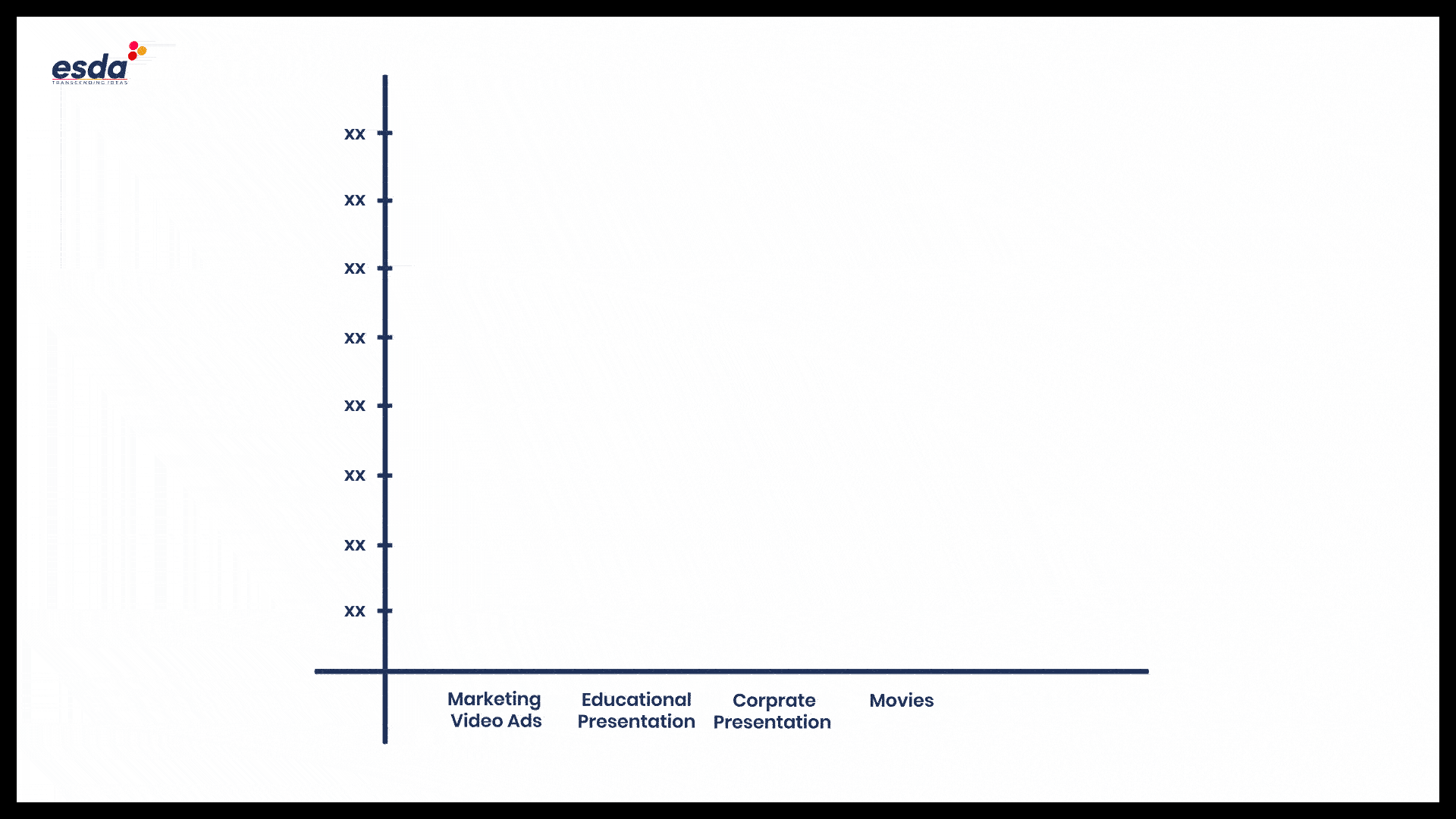
Whiteboard Animation:
Using a whiteboard or surface that resembles one, marker pens, and a whiteboard, an author physically sketches and records an illustrated story in whiteboard animation. Scripted narration frequently supports the animations.
Market Trend:
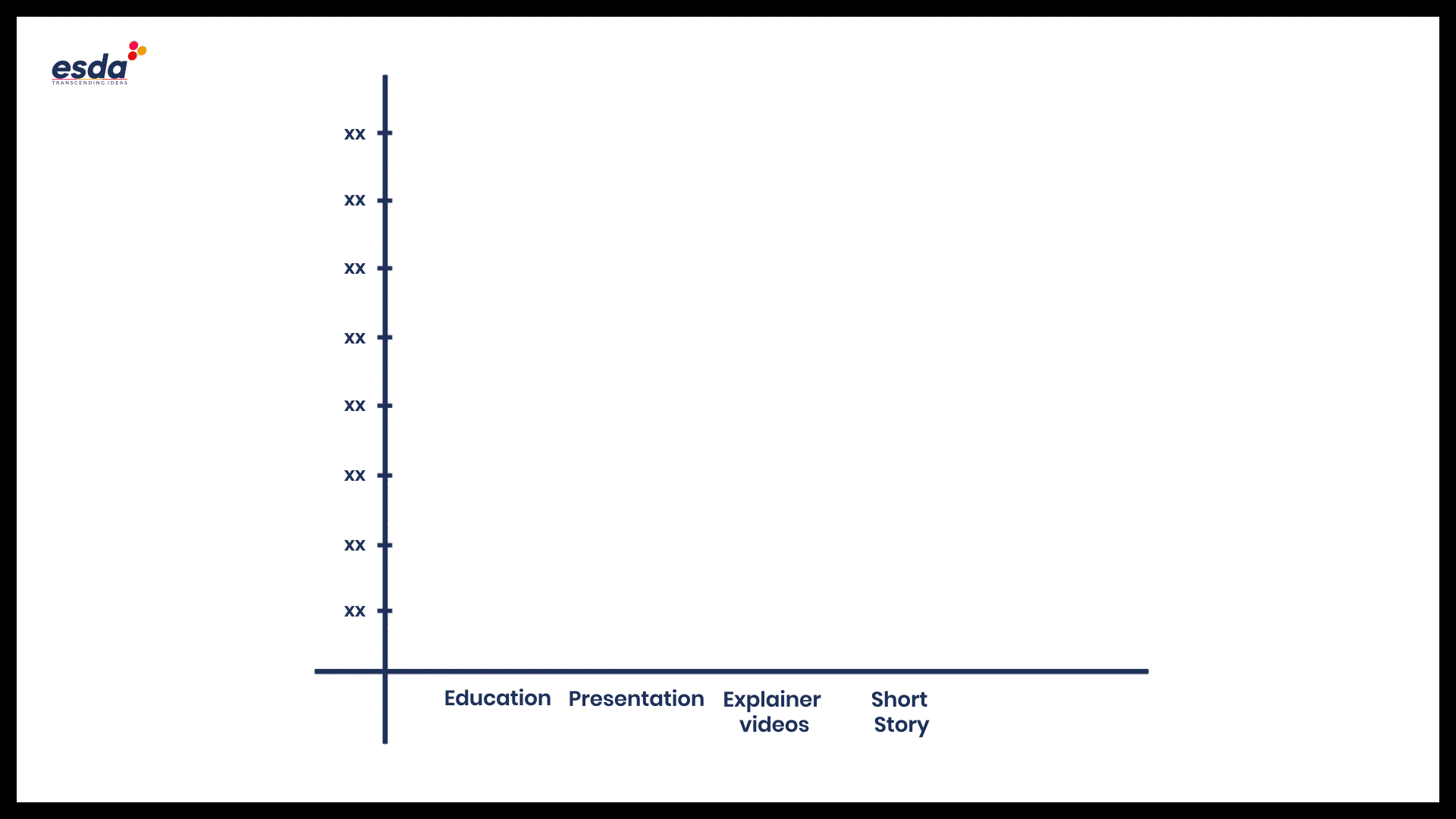
Typography Animation:
Kinetic typography is an animation style that uses moving text to draw viewers in, establish a mood, and amuse them. It is used in commercials, music videos, mobile apps, and websites to increase their words’ impact and artistic quality.
Market Trend:

Claymation Animation:
Clay animation is a stop-motion animation in which a scene is created in clay. It built everything out of clay, starting with the character. Because it is charming and exciting, this form of animation is commonly employed in classic children’s movies. While “Chicken Run” is a well-known example, we rarely see this type of film nowadays.
Market Trend:
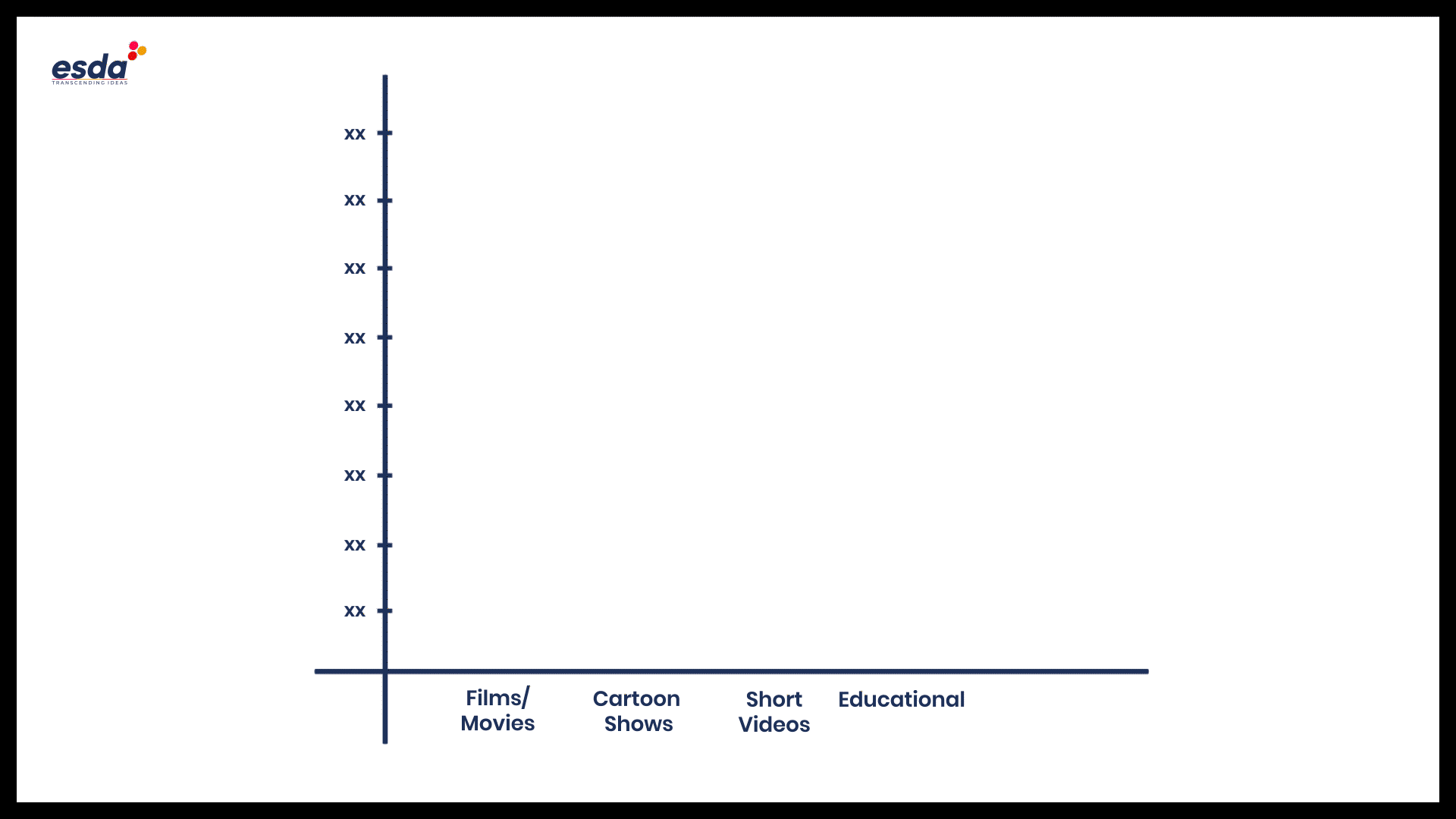
Stop Motion Animation:
Stop Motion animation is a technique in which the items in the scene are physically moved and shot in each frame. These different pictures are manipulated and stitched together to give the appearance of movement. These are commonly used in animation for cartoons, short films, advertisements, and other forms of creative expression.
Market Trend:
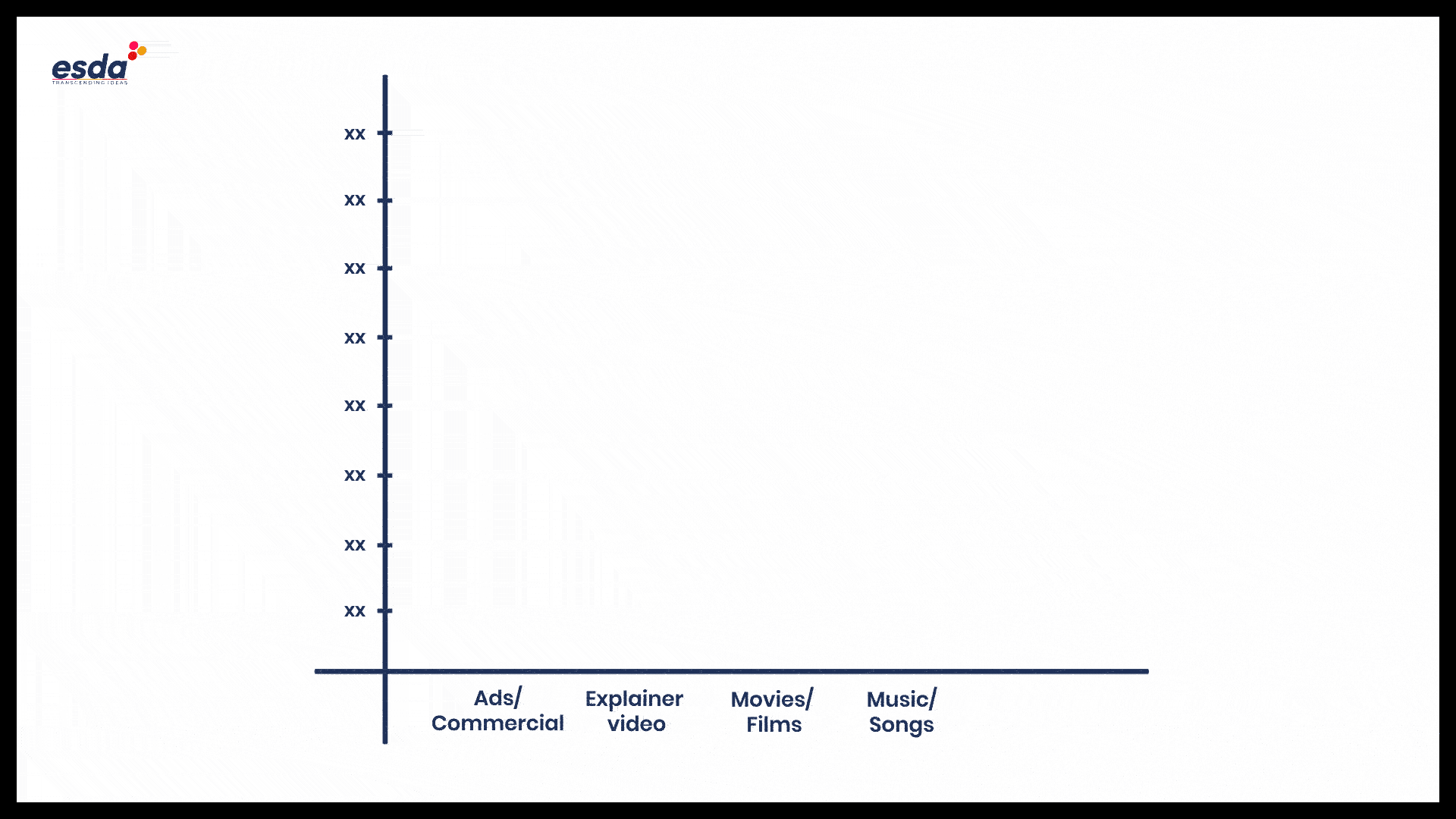
Traditional Cel Animation:
Cel animation is one of the most traditional forms of animation and involves objects – usually characters – being hand-drawn on celluloid sheets and placed over painted backgrounds. These are known as animated cels or animation cels. Artists at Walt Disney Studios popularised the technique in the 1930s.
Market Trend:
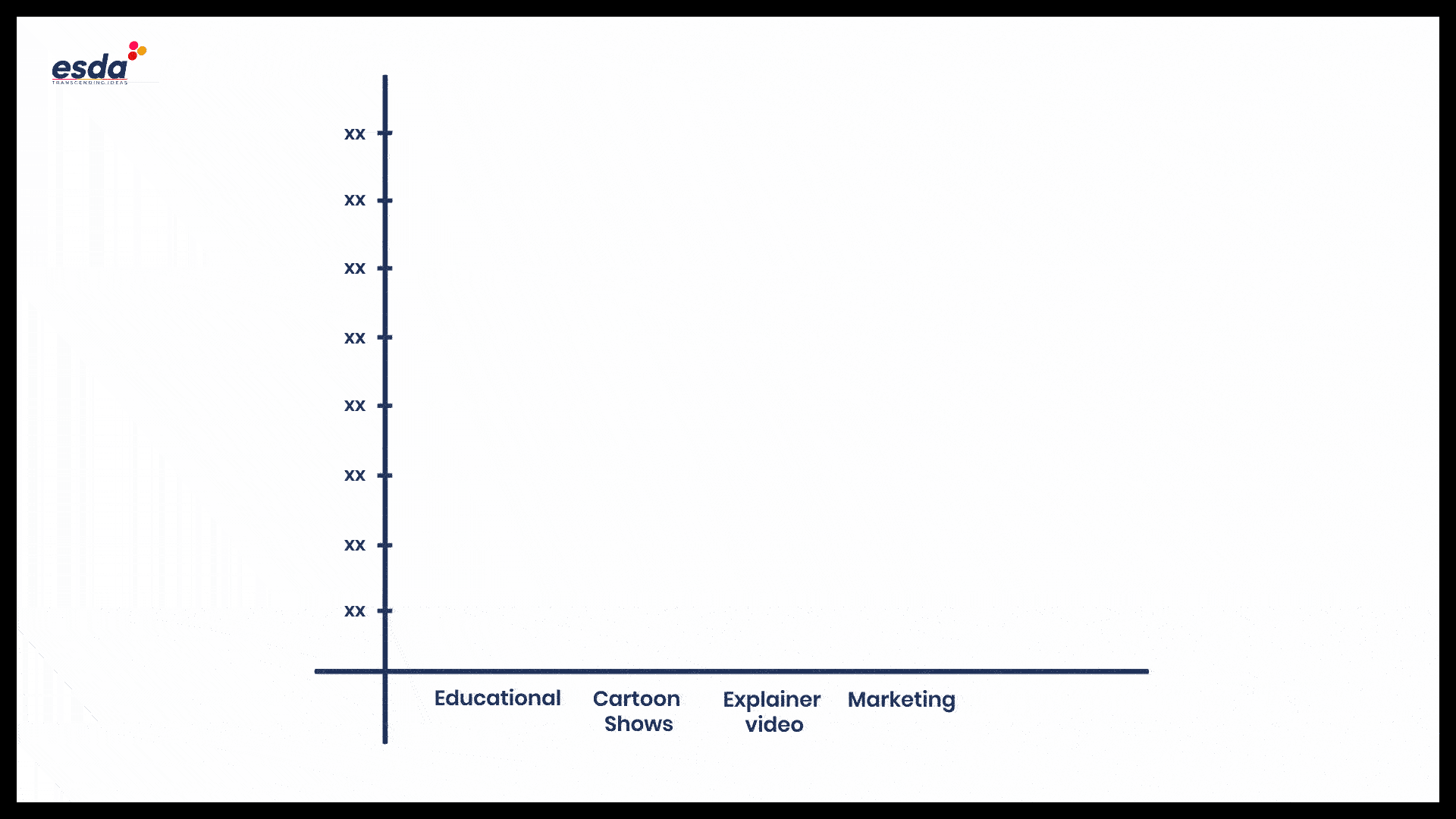
Rotoscope Animation:
The practice of generating animated sequences by tracing over live-action film frame by frame is called rotoscope animation. Though time-consuming, rotoscoping allows animators to create life-like figures that move like humans.
Market Trend:

Motion Graphics:
Motion Graphics is a video created via graphic design. This style uses a combination of music, text, charts, symbols, and animation to present statistics and textual information engagingly and understandably. Motion graphics animation is a force to be reckoned with for various reasons.
Market Trend:
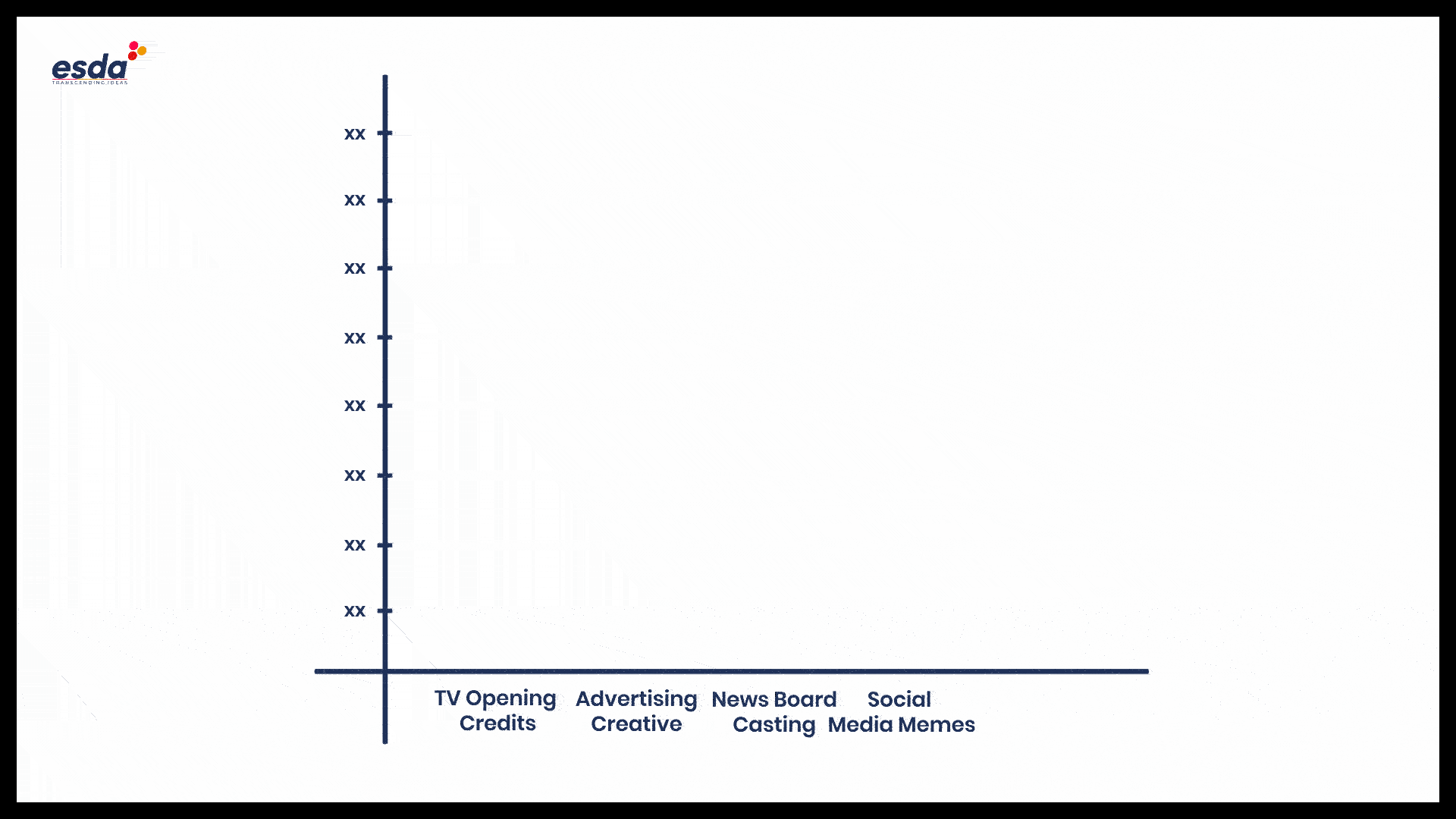
Want to know which are The Best Types of Animation?
To say the least! The field of animation is wide. In addition to the 09 types stated above, many more possibilities exist by combining these styles. Which ones stand out the most to you?

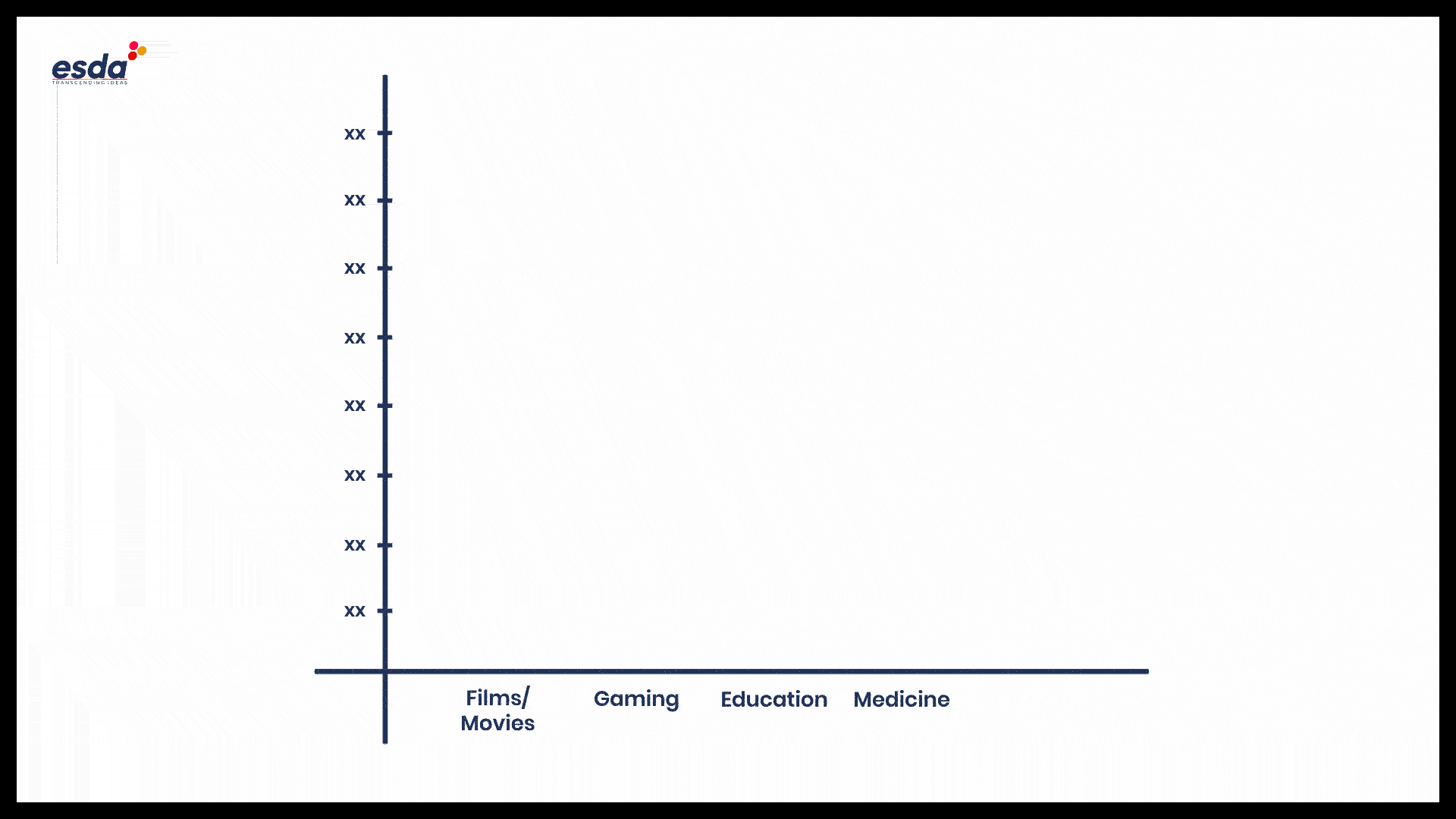

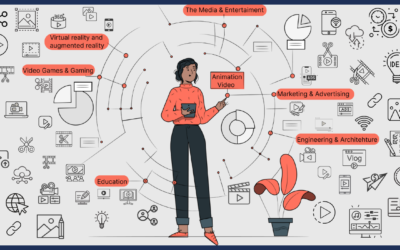

0 Comments